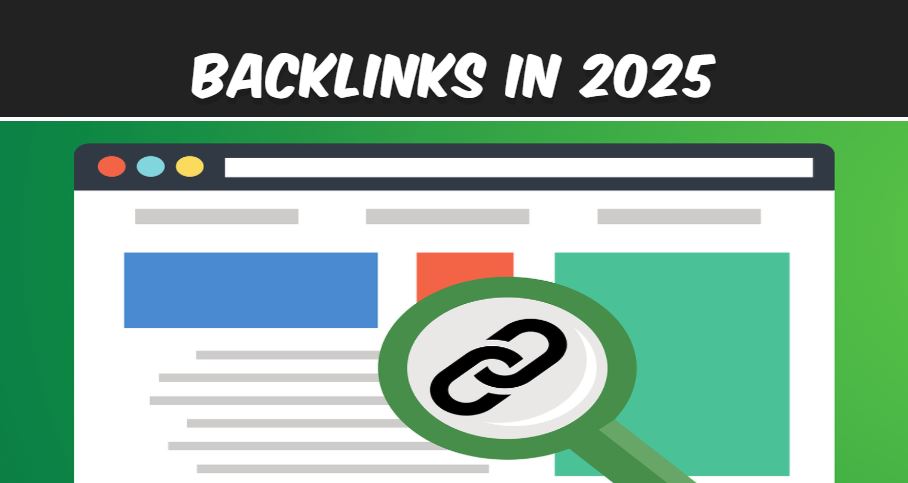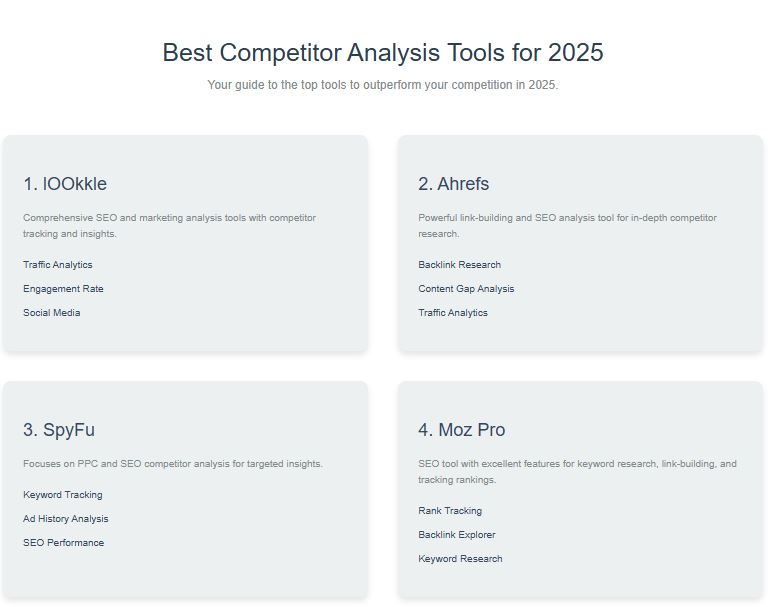
Website views, also called side views or site visits, are a critical metric in web analytics that offer crucial insights into the performance and functioning of the website by the user.
This in-depth exploration will deal with the various aspects of website views, their meaning, measurement methods, and their role in designing digital strategies.
Understanding Website Views
You can find website views by the number of recently loaded or invited websites on a user's browser.
This metric is of essential importance to website owners, marketers, and developers as it offers a quantitative measure of a website's popularity and the effectiveness of its content.
Types of Views
- Page Views: This is the total number of pages displayed on a website, including repeat views of a single page.
- Unique Page Views: This metric only counts one view per page per session, even if a user repeats the same page multiple times.
What Website Views Are Useful For In The Digital World
Website visits serve several purposes in the digital landscape:
- Content popularity: They indicate which sides or content are most appealing to visitors.
- User engagement: A high number of website visits usually indicates that users find the content interesting and are looking deeper into the website.
- Website health: Consistent or increasing website visits can be a sign of a very strong website.
- Marketing effectiveness: Website visits can help measure the success of marketing campaigns when traffic to certain pages is increased.
- Ad performance: For websites that display ads, website visits are crucial to determining potential ad impressions and revenue.
Tools for Measuring Website Visits
There are several tools and methods for tracking and analyzing website visits:
Google Analytics
Google Analytics is the most widely used free tool for website analysis. It contains comprehensive data on website visits, including:
Real-time traffic data.
- User behavior flow.
- Top website keywords and visits per keyword.
- Type of device used for access and visits by device, mobile, desktop, tablet.
Lookkle
Web traffic Analysis Tool that provides insights into the performance of user behavior on websites and traffic sources.
Semrush
Offers detailed traffic analysis, competitive insight, and keyword performance metrics.
SimilarWeb
Offers real-time market trends and comprehensive web traffic data.
Serpstat
Check estimated web traffic for any website. Compare traffic with competitors and understand your growth potential.
Ahrefs
Analyzes the organic web traffic of any website, as well as the keywords from which it receives visits from the main search engines and the evolution of traffic over time.
Interpreting Website Views Data
Traffic Sources
Traffic Sources can be defined as the place where web visits come from. This type of traffic can be of the following type:
- Organic Search: visits that come from the results of search engines like Google.
- Direct Traffic: users visit a website directly by entering the URL into the web browser.
- Referal: visits from links from other websites.
- Social Media: traffic from social media platforms.
- Paid Campaigns: visits that are generated through advertising campaigns.
User Behavior Analysis
Analyzing how users interact with your website can provide valuable insights:
- Entry pages: Where on your website do first-time users go?
- End pages: Where on your website do users drop off?
- Navigation paths: How do users move through your website?
- Time on page: How long do users spend on each page?
Conversion Tracking
Understanding the effectiveness of a website's content and the user's experience with that content is directly related to visits to a web page on your site and the conversions that result from this, i.e. sales made, registrations and downloads.
Strategies to Increase Website Views
Improving your website's view count involves a multi-faceted approach:
Content Optimization
-
Create High-Quality, Relevant Content: Produce content that addresses your audience's needs and interests.
-
Implement SEO Best Practices: Optimize your content for search engines to improve visibility.
-
Use Engaging Headlines and Meta Descriptions: Attract clicks from search engine results pages.
User Experience Enhancement
-
Improve Site Speed: Faster loading times lead to better user retention and more page views.
-
Mobile Optimization: Ensure your site is responsive and mobile-friendly.
-
Intuitive Navigation: Make it easy for users to explore more pages on your site.
Marketing and Promotion
-
Social Media Marketing: Share your content across relevant social platforms.
-
Email Marketing: Use newsletters to drive traffic back to your website.
-
Paid Advertising: Utilize PPC campaigns to increase visibility and drive targeted traffic.
Internal Linking Strategy
Implement a robust internal linking structure to encourage users to explore more pages within your site.
Challenges in Measuring Website Views
While website visits are a valuable metric, website analytics tools like lookkle have some difficulties in taking measurements in this regard, some of the factors that affect these measurements are as follows:
Bot Traffic
Automated bots can inflate view counts, skewing the data. It's important to filter out non-human traffic for accurate analysis.
Privacy Concerns
With increasing privacy regulations like GDPR and CCPA, tracking user behavior has become more complex, potentially affecting the accuracy of view counts.
Cross-Device Tracking
Users often switch between devices, making it challenging to track their journey accurately across multiple sessions.
Ad Blockers
The rise of ad-blocking software can interfere with tracking scripts, potentially undercounting views.
The Future of Website Views Analytics
As technology advances, web analytics tools also have to make changes in their immediate future, and some of these adaptations and points to keep in mind are as follows. Some of these measures are being taken into account in the tools used by lookkle, such as the historical web traffic analysis tool, which makes great use of artificial intelligence to make more accurate predictions between different months of web traffic analysis.
- AI and Machine Learning
Advanced algorithms are being developed to provide more nuanced insights from view data, predicting user behavior and content performance. - Real-Time Analytics
The trend is moving towards more real-time data analysis, allowing for immediate response to user behavior and trends. - Privacy-Centric Analytics
With growing privacy concerns, new methods of analytics that respect user privacy while still providing valuable insights are being developed. - Integration with Other Data Sources
The future lies in integrating website view data with other business metrics for a more holistic understanding of digital performance.
Conclusion
Website visits remain a critical metric for understanding how any type of website can perform. While raw visit numbers are important, the true value in understanding performance lies in the insights derived from this data. By understanding this data extracted from visits, businesses and/or individual users can make decisions to improve user experience, optimize content strategy, and overall digital presence.
Tips on SEO and Online Business
Next Articles
Previous Articles















